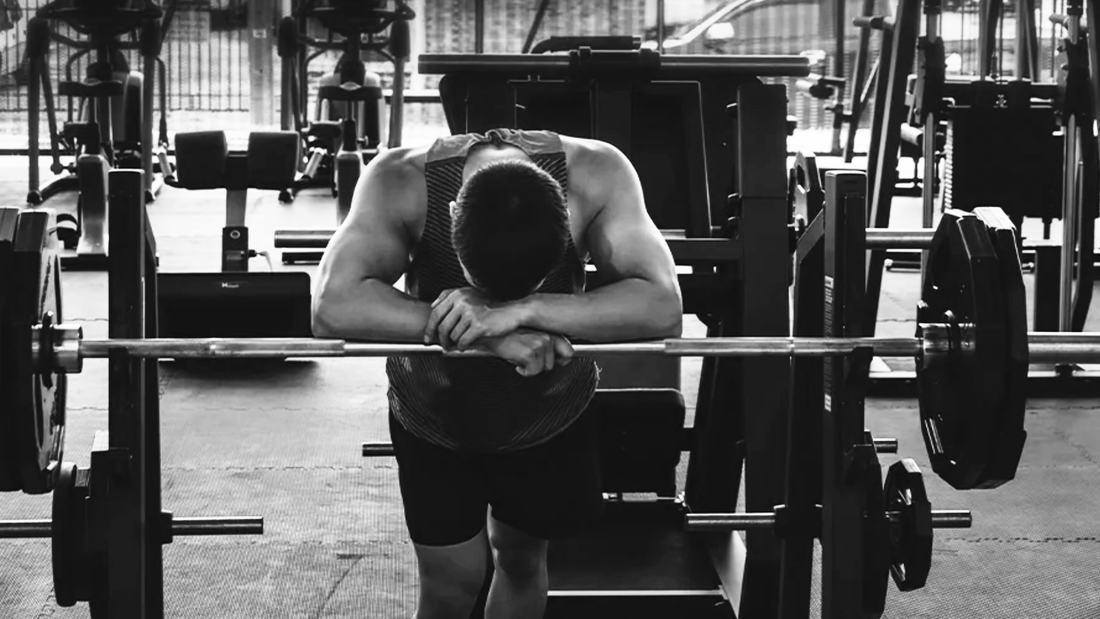
Should You Train When You’re Sick? What the Science Says
It’s a common dilemma for anyone serious about training. You feel a cold coming on. Maybe your throat's sore, or your nose is running, but you don’t want to lose momentum. Should you push through it - or take a step back and rest?
Here’s the truth.
The “Above the Neck” Rule - And Why It’s Not the Whole Story
You’ve probably heard of the "above the neck" rule:
If symptoms are only above the neck - stuffy nose, sore throat, mild headache - it’s usually considered safe to train at a lighter intensity.
But if symptoms include fever, chest congestion, body aches, fatigue, or stomach issues, you're better off resting.
While this is a decent rule of thumb, it doesn't tell the full story. Even if your symptoms seem mild, your body’s immune system is still being challenged. Training adds another layer of stress - especially if your workouts are intense or involve going to muscular failure.
When you’re sick, your recovery systems are already busy. Adding more stress might not feel tough in the moment, but it can delay healing, suppress immune response, and keep you sick longer.
Training While Sick - What Really Happens Internally
When you're fighting off illness, your body is in survival mode. Energy and nutrients are redirected toward immune defense. Inflammation increases. Hormonal responses change. Your sleep may suffer.
If you train hard in this state, here’s what can happen:
- Cortisol increases, which already happens when you're sick - adding intense workouts can spike it further, interfering with recovery and muscle retention.
- Appetite decreases, which may limit fuel for healing and muscle preservation.
- Sleep quality drops, especially if your symptoms interrupt rest - making recovery even harder.
And even if you’re mentally committed to the workout, your nervous system might not be. Performance drops, strength decreases, and focus suffers. That sets you up for injury - or a completely unproductive session that drains more than it gives back.
Mild Movement vs Full Workouts
There’s a difference between doing something light to move your body, and forcing yourself through your usual program.
If you're mildly sick and restless, light activity can actually help:
- Short walks outdoors
- Gentle stretching or mobility work
- Low-intensity cycling or incline treadmill walking
These won’t interfere with immune function and may support recovery by increasing circulation and reducing stiffness. But pushing a heavy set of squats or forced reps on chest day? That’s a bad tradeoff.
The goal when sick isn’t to “not be lazy.” It’s to recover fast so you can return to full training at 100%.
When Is It Safe to Return?
Once symptoms improve and you feel 80–90% normal, you can ease back in. The key is not to jump straight into max-effort training.
Be smart. Your immune system doesn’t have an on/off switch. Even after symptoms go away, your body might still be in recovery mode for a few days.
The Bigger Picture - Skipping One Workout Won’t Kill Progress
Many lifters fear that missing a session will derail everything. But the reality is: missing a few days when you’re sick is infinitely better than pushing through and staying sick for weeks.
Muscle doesn’t vanish in 3 days.
Strength won’t disappear from one missed workout.
What matters is the next 12 weeks, not the next 12 hours. Give your body what it needs - not just what your ego demands.
